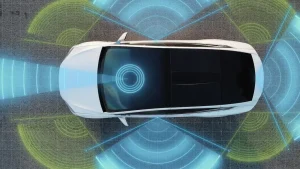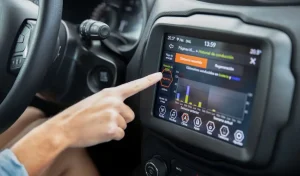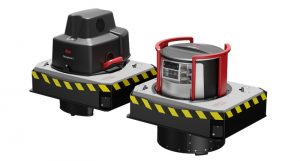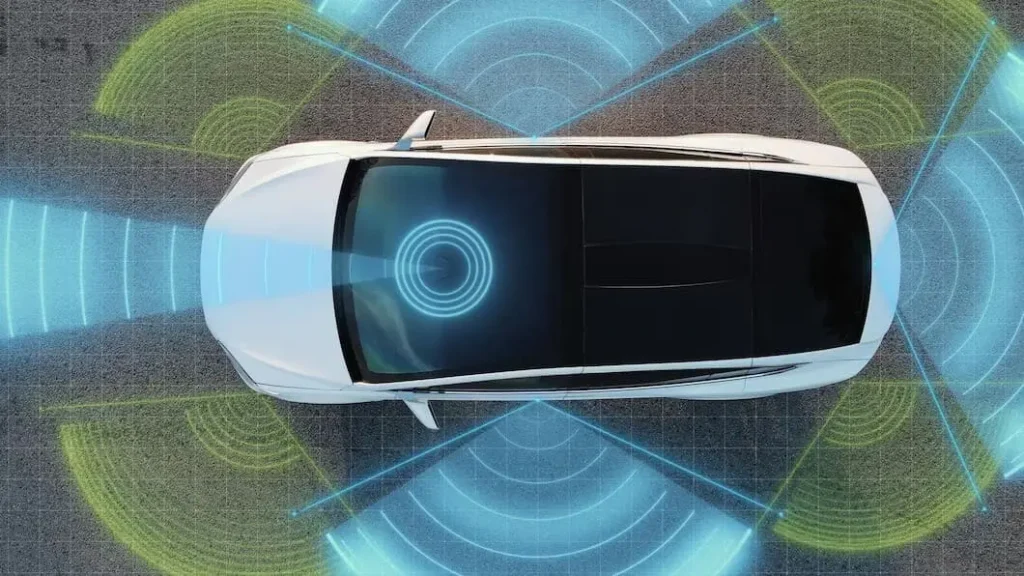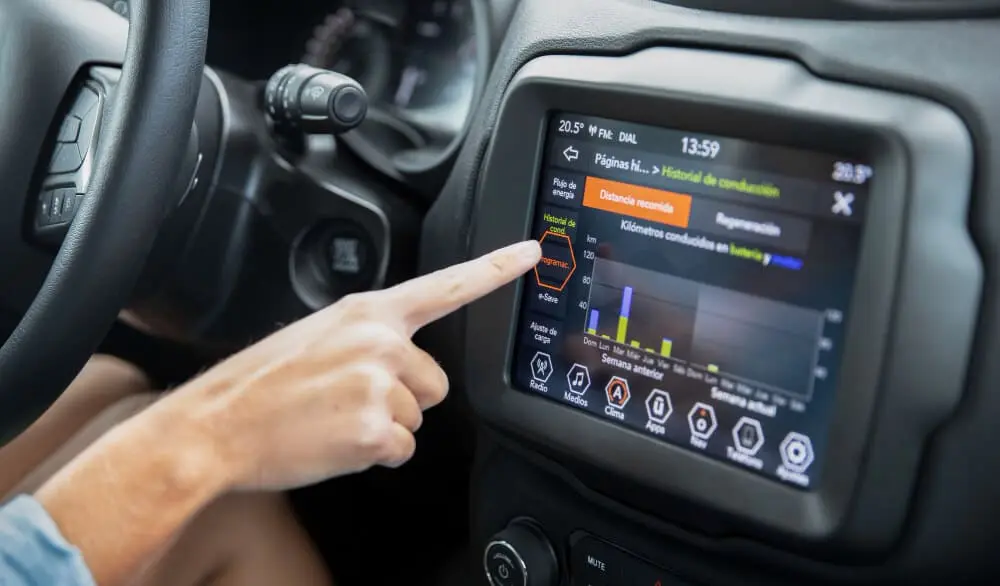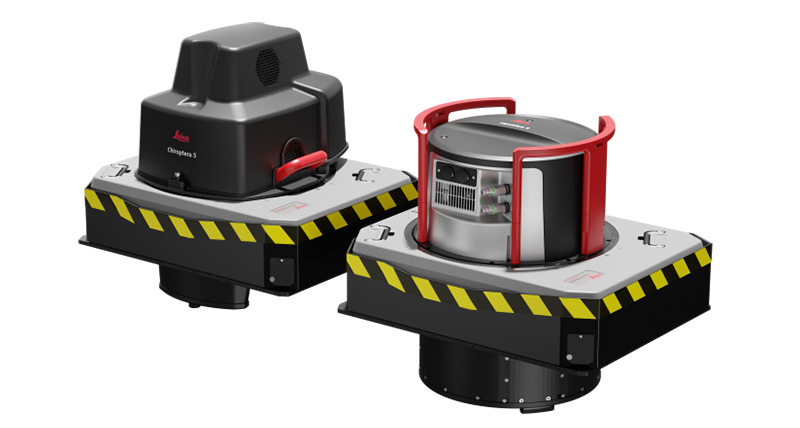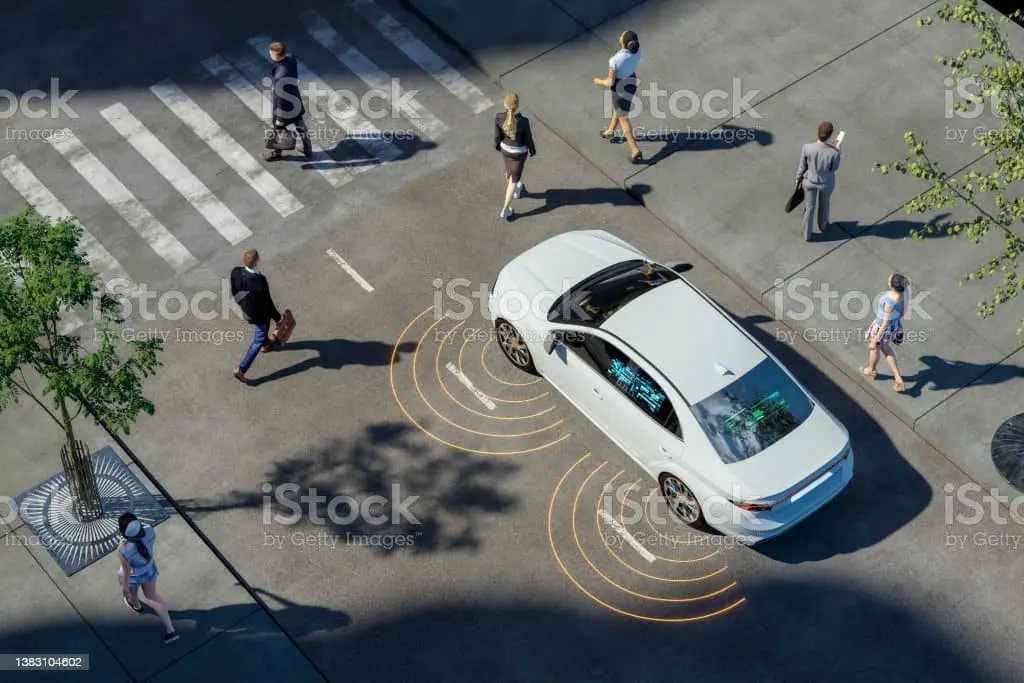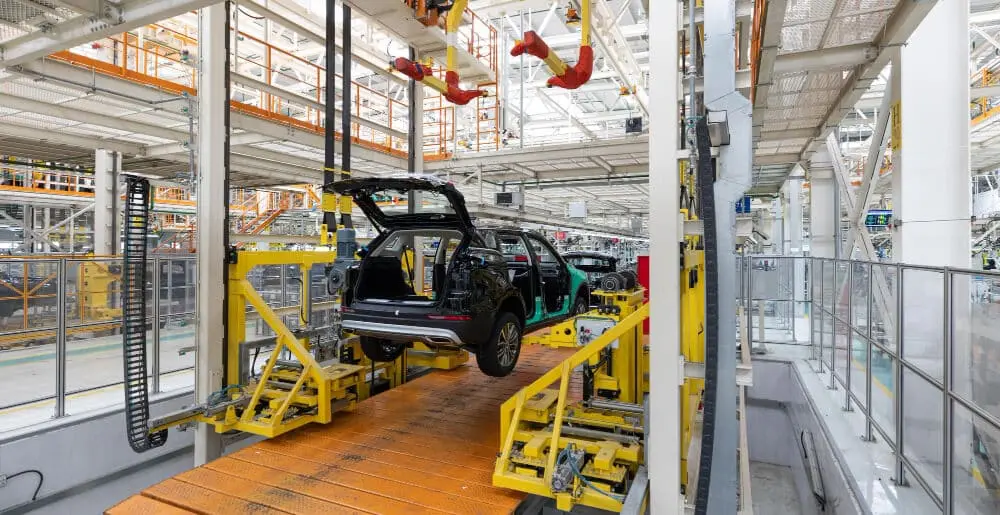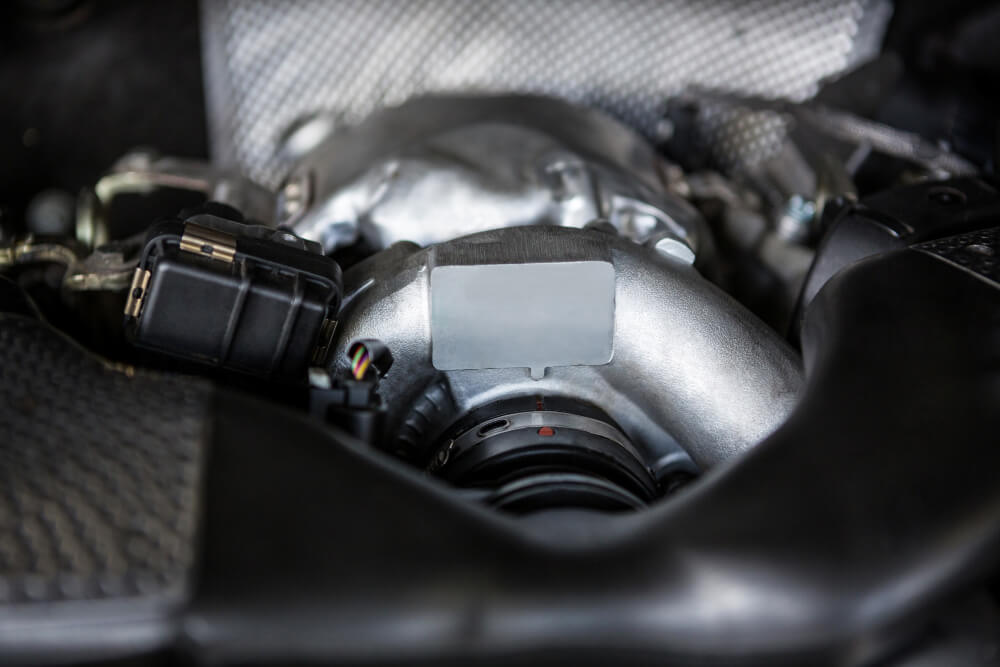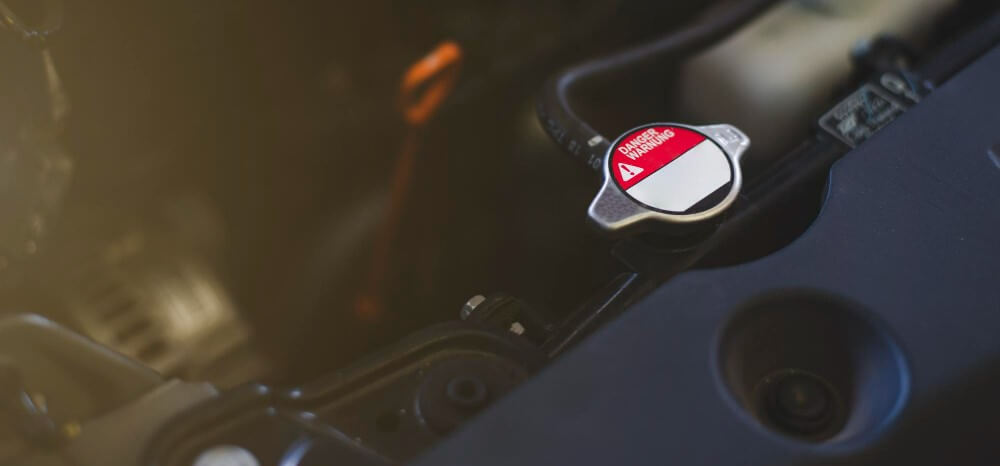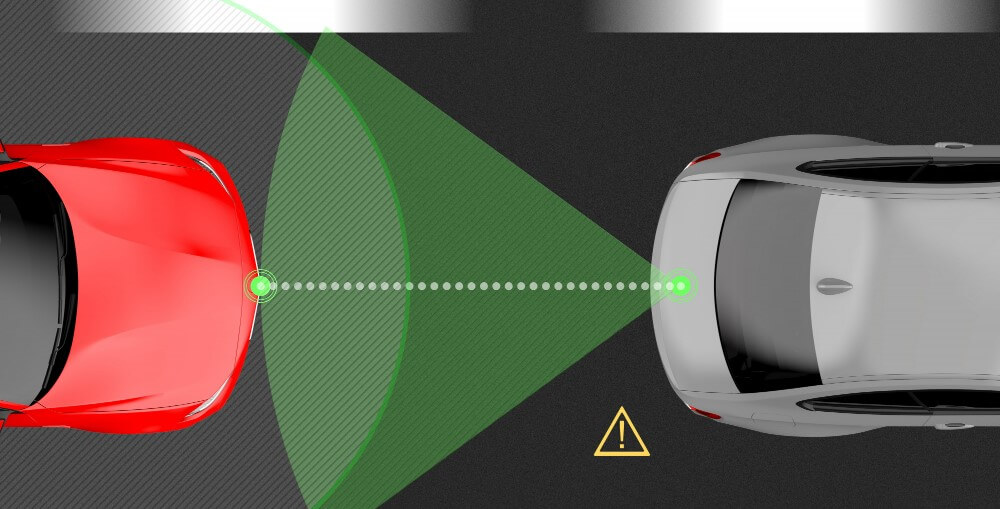
If you’re a car owner or driver, you know the importance of safety while driving. The car front sensor is an essential component that ensures safe driving. This sensor is crucial in warning drivers about potential dangers and helps avoid collisions.
These days, safety feature has become a standard component in modern cars. It uses technology to warn the driver of potential obstacles ahead, allowing them to take necessary actions to avoid a collision. This article will provide a comprehensive guide to front car sensors, including how they work, their benefits, and maintenance.
What is a Car Front Sensor?
A car sensor is an electronic device mounted on a car’s front bumper. It uses advanced technology to detect obstacles ahead and alert the driver. The sensor can detect objects such as other cars, pedestrians, or even animals. The information is relayed to the car’s computer system, which then warns the driver using visual and audible signals.
Types of Car Front Sensors
Ultrasonic Sensor
Ultrasonic sensors use high-frequency sound waves to detect obstacles. They emit sound waves that bounce off nearby objects, and the sensor detects the time for the waves to return. The computer system then calculates the distance between the car and the object and warns the driver.
Infrared Sensor
Infrared sensors use a beam of light that is reflected off nearby objects. The sensor detects the amount of reflected light and calculates the distance between the car and the object. It then warns the driver of potential danger.
Radar Sensor
Radar sensors use radio waves to detect obstacles. They emit radio waves that bounce off nearby objects, and the sensor detects the time for the waves to return. The computer system then calculates the distance between the car and the object and warns the driver.
How Does a Car Front Sensor Work?
It uses advanced technology to detect obstacles ahead. The sensor emits a signal that bounces off nearby objects, and the computer system calculates the distance between the car and the object. The sensor can detect objects up to a certain distance, depending on the type of sensor used. When the sensor detects an obstacle, it warns the driver using visual and audible signals.
Benefits of Car Front Sensor
Improved Safety
Car front sensors improve safety by warning the driver of potential dangers ahead. The warning allows the driver to take necessary actions, such as slowing down or changing lanes, to avoid a collision.
Avoid Accidents
It can help avoid accidents by warning the driver of potential obstacles that may not be visible. That is especially useful when driving in low visibility conditions, such as rain or fog.
Save Money
That can save money by avoiding collisions resulting in expensive repairs. A minor fender-bender can cost hundreds or even thousands of dollars to repair, while a crash at high speeds can result in significant damage or even total loss of the car. It can help prevent these incidents, saving the driver money on repairs and insurance premiums.
Installation of Car Front Sensor
A professional mechanic can install front sensors or as a do-it-yourself project. The process involves:
- Mounting the sensor on the front bumper of the car.
- Connecting it to the car’s computer system.
- Calibrating it to ensure accurate detection.
Following the manufacturer’s instructions are essential to ensure proper installation and functionality.
Care and Maintenance
It requires regular maintenance to ensure optimal performance. Keeping the sensor clean and free from debris is important, as dirt and debris can interfere with its detection capabilities. The sensor should be cleaned with a soft cloth and mild soap, and avoiding harsh chemicals or abrasive materials is essential. It is also important to check the sensor regularly for any signs of damage or wear and tear and to have it repaired or replaced.
Common Issues with Car Front Sensors
They can experience various issues that can affect their performance. Multiple factors, including weather conditions, electrical problems, or damage to the sensor, can cause these issues. Some common topics include false alarms, inaccurate detection, and malfunctioning sensors. It is essential to address these issues promptly to ensure the safety of the driver and passengers.
Troubleshooting Tips
If you are experiencing issues with your car’s front sensor, there are several troubleshooting tips you can try before seeking professional help. These include checking the sensor for debris or damage, checking the connections and wiring, and resetting the sensor by disconnecting the battery for a few minutes. If these tips do not resolve the issue, it is best to seek professional help from a qualified mechanic.
Frequently Asked Questions (FAQs)
Do all cars come with front sensors?
No, not all cars come with front sensors. However, they are becoming more common as a standard safety feature in modern vehicles.
Can front sensors be installed on older cars?
Front sensors can be installed on older cars as an aftermarket add-on.
How accurate are front sensors?
Front sensors can be very accurate, but their accuracy depends on several factors, including the type of sensor used, the distance between the car and the object, and weather conditions.
Do front sensors require special care?
Yes, front sensors require regular maintenance to ensure optimal performance. It is important to keep the sensor clean and free from debris and to check for any signs of damage or wear and tear.
Can front sensors prevent all accidents?
No, front sensors cannot prevent all accidents, but they can significantly reduce the risk of collisions by warning the driver of potential obstacles ahead.
Conclusion
Car front sensors are a crucial safety feature that can help prevent accidents and save lives. They use advanced technology to detect obstacles ahead and warn the driver using visual and audible signals. Installing a front sensor can be a simple and effective way to improve the safety of your car and reduce the risk of collisions. It can provide reliable performance and peace of mind for years with proper care and maintenance.

